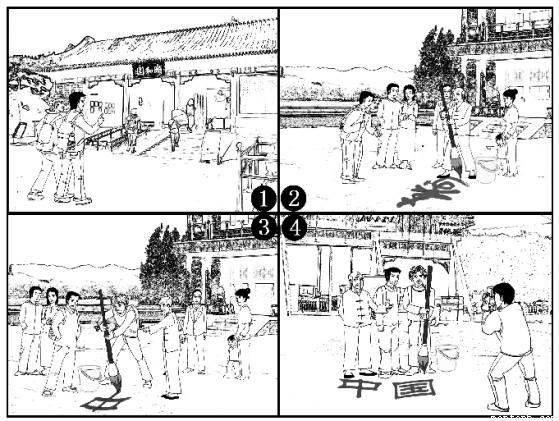题目内容
It took 100 years, but finally, scientists, from CalTech, MIT and the LIGO Scientific Collaboration, proved Albert Einstein's theory that gravitational(引力的) waves exist. The waves were predicted as part of Einstein's General Theory of Relativity nearly 100 years ago. It was the theory of the physics behind the workings of our world and the universe. The idea was that the waves are like ripples in space, caused by some of the violent and energetic processes in the Universe. For example, two black holes crashing into each other.
What are these gravitational waves? Well, imagine throwing a rock into a pond. When the rock hits the flat surface of the water, it creates ripples or waves. Space time is like the surface of the water. So that means gravitational waves are like the ripples moving out from where the rock hits the water. It might be hard to understand, but those gravitational waves expand and contract space and time as they move through space. And when they get to the Earth, the waves pass through, and contract and expand the planet as the wave goes by.
It was Einstein who said these gravitational waves should be observable. But these are not huge waves. They are very, very small, which is why it took so long to find them. You cannot see them with your eyes. They are smaller than the size of an atom.
How did the scientists find them? For years, scientists have been watching two black holes in another galaxy faraway with the help of the Laser Interferometer Gravitational-Wave Observatory. The two were spinning around each other, moving closer and closer together. When they finally crashed into each other, it was with such power and force, that gravitational waves rang throughout the universe, like a giant bell. Those waves, traveling at the speed of light, finally reached the Earth, some 1.3 billion years later. They are the same waves that the scientists announced this past week.
The National Science Foundation tweeted that each of the black holes was thought to be 29 to 36 times the mass of our sun. So, what does this discovery mean? Abhay Ashtekar, a Penn State physicist, who was not on the discovery team, said: "Our understanding of the heavens changed dramatically."
1.According to the 1st paragraph, we can learn that_______.
A. gravitational waves were part of Einstein's General Theory of Relativity
B. scientists proved that gravitational waves existed 100 years ago
C. gravitational waves were the theory of the physics behind the universe
D. gravitational waves result from two black holes crashing into each other
2.From the passage we can know that the gravitational waves______.
A. are not supposed to be observed.
B. are very huge.
C. are easy to be found.
D. can’t be seen with our eyes.
3.Why did scientists spend years watching two black holes?
A. Because they wanted to see how the two black holes crashed into each other.
B. Because they wanted to find the gravitational waves.
C. Because they wanted to see the gravitational waves reach the Earth.
D. Because they wanted to know how black holes formed.
4.What can we infer from the passage?
A. The discovery has no relation to Albert Einstein's theory
B. Throwing a rock into a pond can generate gravitational waves
C. The discovery will considerably affect people’s understanding of universe
D. gravitational waves can’t contract and expand the Earth
 阅读快车系列答案
阅读快车系列答案

 ),并在其下面写出该加的词。
),并在其下面写出该加的词。